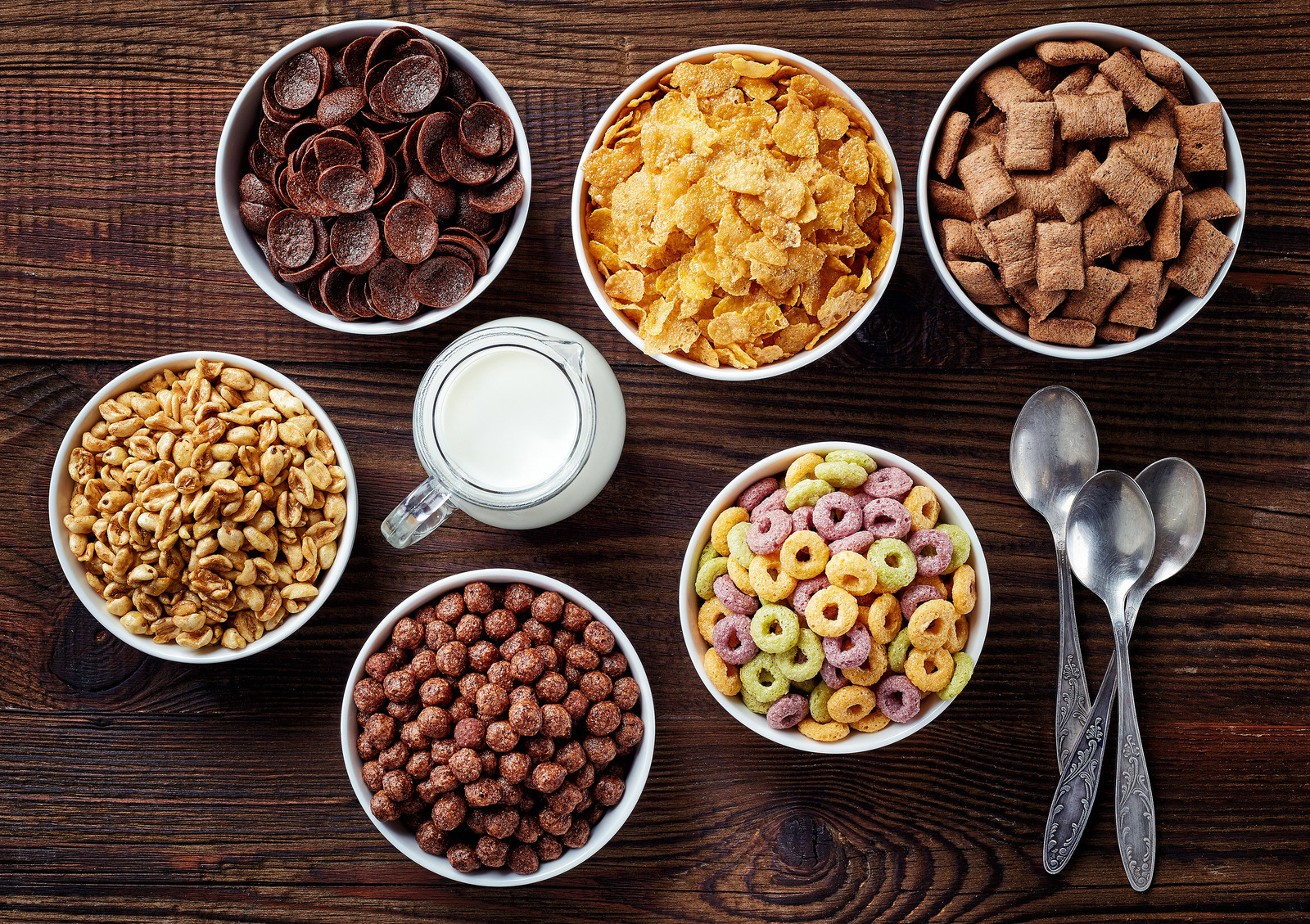 Some children’s breakfast cereals contain up to a third of their recommended daily sugar intake – even those branded as healthy options, it has been revealed.
Some children’s breakfast cereals contain up to a third of their recommended daily sugar intake – even those branded as healthy options, it has been revealed.
Some popular breakfast cereals contain up to 12g of sugar per 30g serving, equal to three of the five recommended teaspoons children should be limited to a day.
Tooth decay is the foremost reason for child hospital admissions, and a third of all children start school each year with signs of decay – an issue that is compounded by the high volumes of sugar in breakfast cereals.
Exceeding the limit
Dr John Mantel, principal dentist at 32whites dental practice in Stockport, has expressed concern over how easy it is to go over the recommended daily sugar intake:
‘Children aged between four and six should only consume a maximum of 19g of sugar a day.
‘If there’s more than half the recommended amount in a 30g serving, children eating more than this could be exceeding the limit before they’ve even gone to school.
‘More than a quarter of the country’s children are suffering with tooth decay, but it is totally preventable if parents monitor sugar intake, keep up to date with dental appointments and ensure their children are brushing for the correct amount of time every day.’
Offending breakfast cereals
There are 12g of sugar in a 30g serving of Coco Pops and 11g in the same size portion of Kellogg’s Crunchy Nut Cornflakes, Frosted Flakes and Coco Shreddies.
However, while 30g is the recommended serving size for cereal, it is likely that many people consume more than 30g per serving, which increases the level of sugar intake further.
Amongst other cereals, Honey Monster Puffs and Krave weigh in at 8.7g and 8.4g of sugar, respectively, per serving – more than half of a child’s daily allowance.
However, hidden sugar also lies in children’s lunch boxes.
For example, one portion of Petit Filous Frubes fromage frais has 10.2g of sugar, which equates to more than two teaspoons.
A Kellogg’s Rice Krispie Chocolate Square contains 13g of sugar, and if a child is drinking anything other than water or milk with their snack, they could well go over the recommended allowance.
A single carton of tropical flavoured Um Bongo exceeds the daily limit for a four- to six-year-old, at 19.8g, while a a 200ml bottle of orange-flavoured Robinson’s Fruit Shoot holds 23g of sugar, just one gram away from the recommended daily limit for a child aged seven to 10.
Added sugars
According to government guidelines, ‘free’ or added sugars shouldn’t make up any more than 5% of the energy we get from what we eat and drink.
This means that children aged four to six should only consume up to 19g of sugar every day, and those aged between seven and 10 should have no more than 24g a day.
Free sugar means any sugar added to the foods by the manufacturer, as well as natural sugars present in fruit juices, honey and syrups.
It does not relate to sugars found naturally in whole fruits, vegetables or milk, which are known as ‘naturally occurring sugars’.
The recommended daily sugar limit for adults is 30g.


